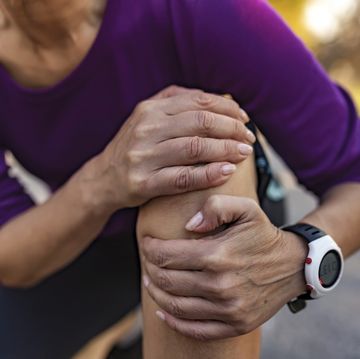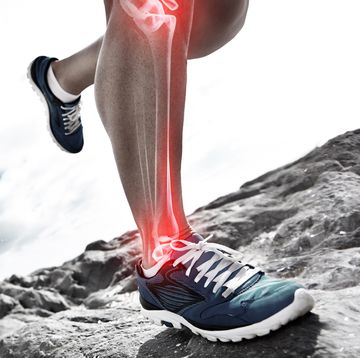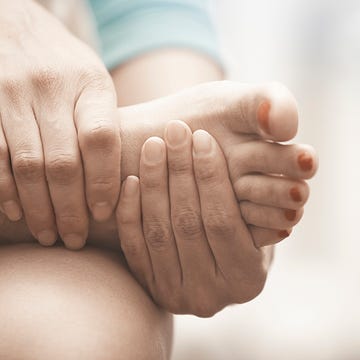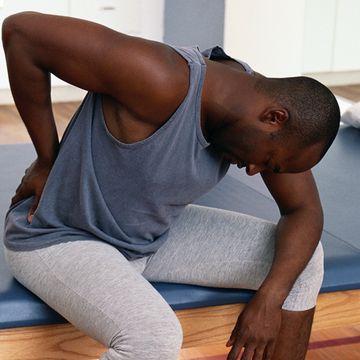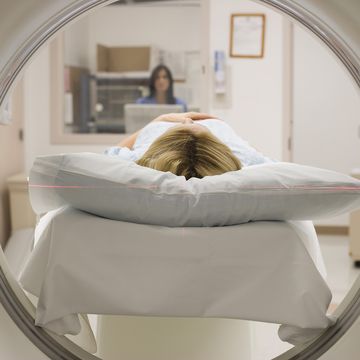The 35th Twin Cities Marathon is in the rearview mirror and looking back there are a few lessons for all from the event.
1. Look for cool weather marathons for your best performance and lowest medical encounter risk.
The weather was spectacular on race day: a clear, cool morning sandwiched between some warm and some rainy days. The temperatures meant we had very few medical encounters in the finish area medical tent—about eight for every thousand finishers. The average is 19 per thousand, so that was very good.
2. You can get still heat stroke on a cool day, especially if you have been ill in the past week or two.
But even then, one runner finished with a temperature near 105 degrees, which can be very serious if not treated promptly.
3. Don’t run with pain that does not have a diagnosis.
Over the past two marathons, two runners with undiagnosed stress fractures ended up with complete fractures near the end of the race; both required surgical repair. The common thread in their stories was that both of them admitted to “running with pain for several weeks,” which was not evaluated prior to the break in the bone.
Both fractures were in the femur, which is the upper long bone in the leg. It bears the brunt of running impact forces, and if there is inadequate bone mineral density or the volume of repeated impact loads is too great, the bone will begin to crack. Fortunately many of those types of fractures can be fixed with surgery and they tend to heal well.
However, sometimes the fracture occurs in a part of the femur neck that articulates with the pelvis in the hip joint. When that happens, the treatment is a total hip replacement. That can mean no more running. Our affected participants were fortunate; they will return to running, and maybe even to the marathon distance.
Pain that does not go away with relative rest and modification of activity is your body’s signal that something is wrong and should be evaluated, especially before taking on a longer distance like the marathon. When a bone like the femur gives way, the associated tissue injury and potential injury from a hard fall to the ground are real, and can compound an already risky situation.
* * *
Dr. William O. Roberts is a Professor in the Department of Family Medicine and Community Health at the University of Minnesota Medical School. He is Co-Medical Director for the Twin Cities Marathon and has authored many research and educational publications on sports medicine.



